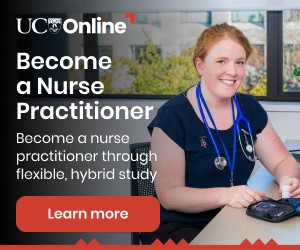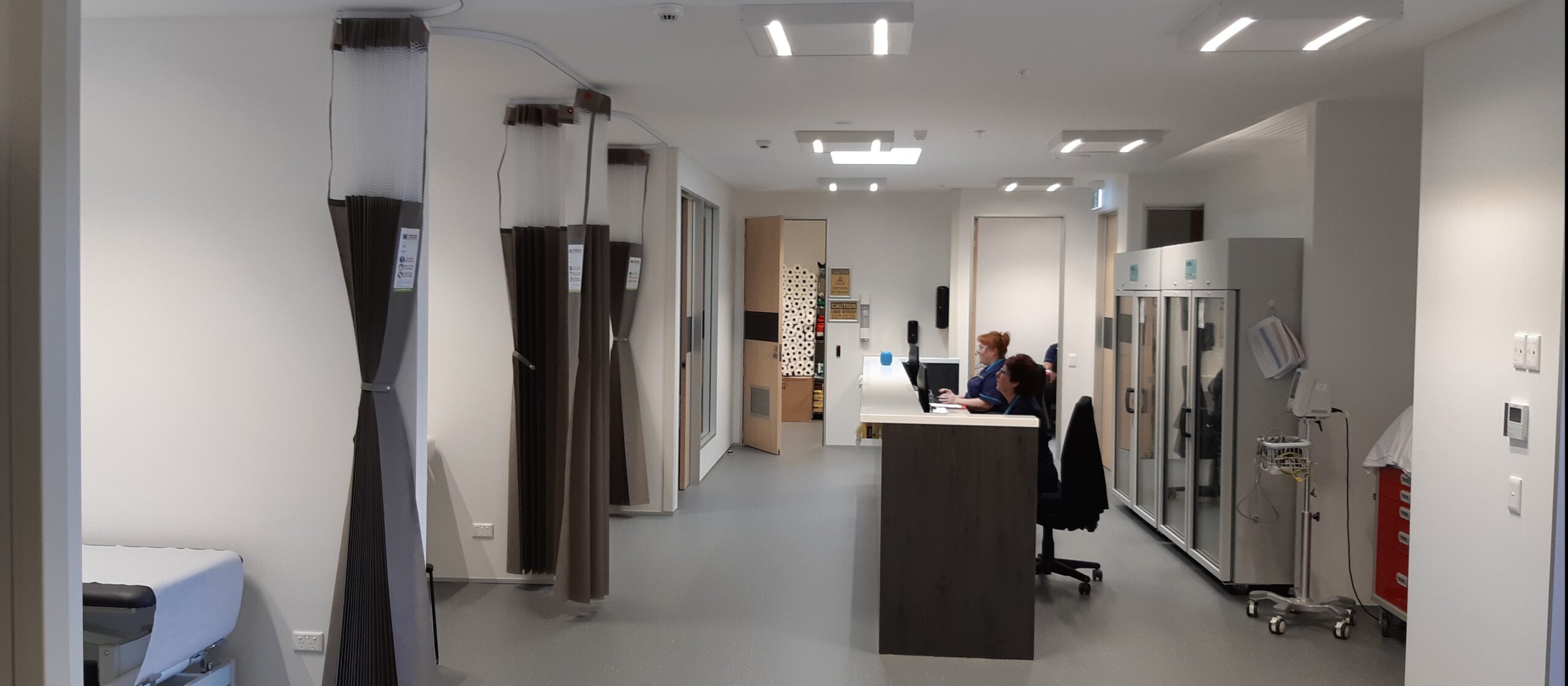
A study into general practice models in Aotearoa New Zealand found patient outcomes were much more strongly linked to patient need than to the type of practice people were enrolled in.
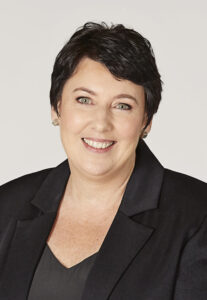
Our multidisciplinary research team sought to determine whether specific practice types were associated with better outcomes. We found no single practice model performed best on all outcome measures. Rather, a major determinant of differences between practices comes down to the populations being served.
The study was funded by the Health Research Council of New Zealand and the Ministry of Health and is titled “Evidence to guide investment in a model of primary care for all”.
The team was tasked with comparing three models of general practice – corporate practices, Health Care Homes and traditional practices.
We recognised four further models of general practice: those owned by primary health organisations (PHOs) or (the then) district health boards (DHBs); those owned by trusts or non-governmental organisations (NGOs); and Māori practices and Pacific practices, which were mostly owned by trusts or NGOs.
A key finding of the study was that a large proportion of nurses’ work was not attributed to them in practice records and so remained invisible.
Health Care Homes overlapped with all practice models but were mostly traditional practices.
The findings have formed the largest-ever collection of primary care data in Aotearoa New Zealand and will inform future decisions about general practice models of care.
No single practice type performed best on all six of the outcomes measured by the team. These included hospital admissions and emergency department visits that may have been avoidable by good primary care, child immunisations at six months, a measure of diabetes management, and prescribing multiple concurrent medications.
Differences within models
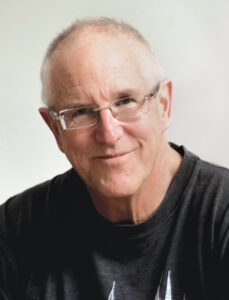
There were more differences within practice models than between them. Population need was the strongest driver of primary care outcomes.
The study confirmed what is well-established, that overall, Māori and Pacific patients have poorer outcomes than non-Māori and non-Pacific patients, as do those living in material deprivation, and those with multiple medical conditions.
We found evidence of increased resources allocated within practices to patients with more need – principally more appointments and more nurse, nurse practitioner, and GP time.
In practices where most patients had high health needs, resourcing was not sufficient. Allocating resources to support patients at high risk of poor outcomes will help to address inequity within the health system.
A look at risk profiles
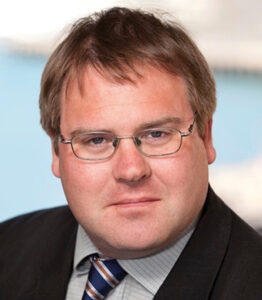
The study found that traditional practices provide services to 73 per cent of the total enrolled population but have the lowest-risk patient profile.
The next-lowest risk, on average, was found in Health Care Homes and corporate practices, although some corporate practices served high numbers of Pacific peoples.
On the other hand, Māori and Pacific practices enrolled two to five times as many people with high health needs compared with other practice models. These practices employed proportionately more nurses than other practice models, but our findings suggest the additional service was not always enough to fully mitigate the negative consequences of increased need.
Another key finding of the study was that a large proportion of nurses’ work was not attributed to them in practice records and so remained invisible.
The range of activities undertaken by nurses was wider than for doctors, especially during the COVID-19 lockdown.
Nurses are responsible for much of the systematic work that we suggest underlies better performance by practice models in our results, such as immunisations and screening. However, without consistent and explicit data capture, it is impossible to accurately determine the volume of work undertaken by nurses.
The study
Evidence to guide investment in a model of primary care for all
Researchers: Senior academics from five universities – Massey, Auckland, Otago, Cambridge (UK) and the Karolinska Institute (Sweden) – together with Sapere Research Group, DataCraft Analytics, and experts from general practice, nursing, public health, health policy and consumer advocacy. Māori and Pacific academic clinicians on the team held central roles in project governance. Findings: In pre-press.
Early discussion points
- Population need was revealed to be the strongest driver of primary care outcomes.
- Traditional practices enrol 73 per cent of the total enrolled population and, along with Health Care Homes, have the lowest-risk patient profile.
- A large proportion of nurses’ work was not attributed to them in practice records and so remained invisible.
- Nurses are responsible for much of the systematic work that likely underlies better performance by practice models.
Nicolette Sheridan, project lead, is professor and head of the School of Nursing at Massey University.
Tim Kenealy, project co-lead and specialist GP, has an honorary appointment in the Department of General Practice and Primary Health Care, at the University of Auckland.
Tom Love, project co-lead, is a director of Sapere Research Group, an international research organisation.
This article has been reproduced with permission from New Zealand Doctor Rata Aotearoa.
Interested in free primary care data? Explore the EPiC dashboard.



